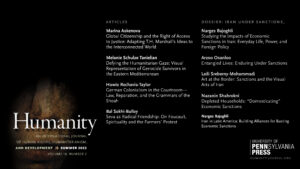According to a variety of texts—from guidebooks and travel accounts to, at least by inference, novels and later films—what made a trip to Shanghai in the late nineteenth and early twentieth centuries special was the way one encountered there a jumble of people from, and physical elements linked to, various parts of the world. It was, as boosters and travelers both liked to stress, a place of great cultural diversity, where the East and West were juxtaposed in special ways. This sense of the city was conveyed by the images featured on postcards, guidebook covers, and movie posters. It was also communicated by the delicate and detailed line drawings of the local scenes that appeared in the pages of the Dianshizhai, a late nineteenth-century illustrated magazine that, as Rebecca Nedostup and I suggest in a forthcoming part of MIT’s Visualizing Cultures project, was for some Chinese what the Illustrated London News was for many contemporaneous Britons and National Geographic would later be for many Americans.1
Current Issue

Our long-awaited issue of Humanity journal is out! Its special dossier, Iran under Sanctions, examines the myriad and devastating impacts of international sanctions on society, culture, and politics. The issue includes an essay on the legal case Herero and Nama v. The Federal Republic of Germany to theorize reparations for German colonialism and slavery as they became linked with the aftermath of the Shoah. It also includes essays on T.H. Marshall and the right of access to justice; visual representations of Armenian genocide survivors; and, the concept of radical friendship in relation to the Farmers’ Protests in India.
View entire issue > Save Save Save
📘'Choose Your Bearing: Édouard Glissant, Human Rights and Decolonial Ethics' is now available for pre-order!
❕Grab your copy and save 30% OFF using the code NEW30 at checkout : https://edin.ac/3JIcRne
@HumanityJ